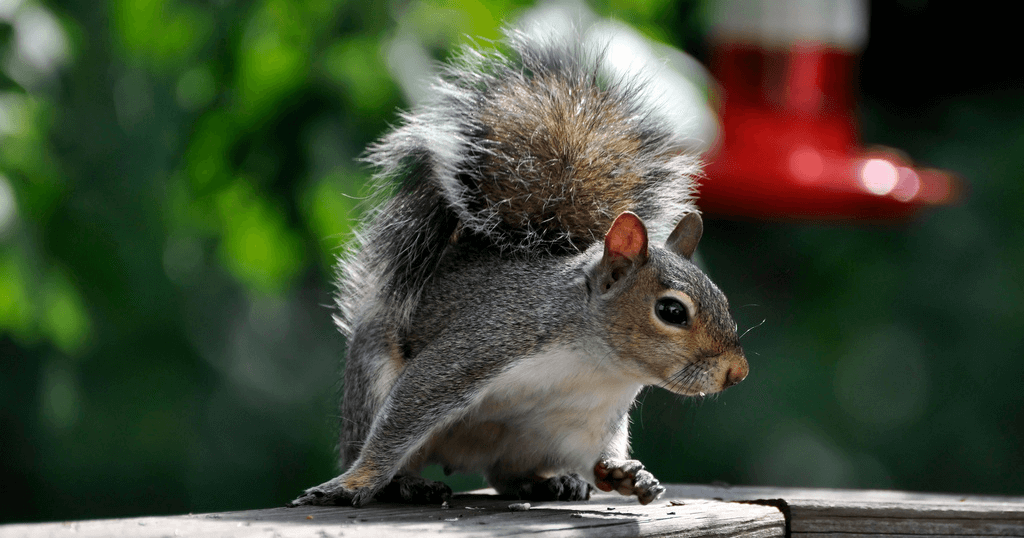
I’m not sure what stands out most, says my daughter Celia in regards to a recent walk we took through our well-mulched and mowed Detroit neighborhood. Was it the raccoon, do you think? Or the coyote? The wild turkey? She’s got a point—and I’m not sure either. The raccoon, after all, dropped like a fuzzy missile from a 100-year oak and landed—thud!—at our feet. While we just stood there—me, Celia, and our dog Donna. Then it slowly, slowly pushed itself upright, gave a little shake, and glared at us as if to say, What? Nothing to see here. We went on looking, nonetheless, as it clawed sloth-slow back up the tree. That was strange, I remember saying to Celia (and Donna).
Then we saw the coyote in the graveyard, says Celia.
You thought it was a wolf, I say.
Celia nods. I knew it was no regular dog. The gray shadow, dog-shaped—but not—weaved between long grasses and gray headstones, ducking into the doorways of mausoleums in this luscious old cemetery just a mile from our house. And as we scurried through its territory, the coyote watched us the entire way, so we could feel the weight of its watching on our skin. The utter quiet of those few minutes. Even as Donna dogged our footsteps (so to speak), till we were well past the gates, into the neighborhood proper, with its maintained yards and stop signs and street traffic. She probably felt like prey, I say. Dogs, after all, can smell danger in every shade of red.
Celia shrugs. Not so much, she says. What about the wild turkey just after?
Quick aside: wild turkeys share few characteristics with their tame, dumb-as-rocks cousins. The wild ones look prehistoric, primal. They’re big, 25-plus pounds. And smart—not to mention mean. So the best advice I ever got about meeting a wild turkey on the street was to throw a stick in one direction, and run away really fast in another.
But plans change. Because as we wandered home that afternoon, who’d we meet up with but a big old turkey-hen (the drab plumage and lack of beard gave her away), as she sashayed across a neighbor’s lawn. At which point there commenced a frenzy of lunging (Donna) and strutting (Ms. Turkey). There was growling (Donna), and purring (turkey), and jutting of the bluish, lizard head (turkey again). So it went for long minutes, till Celia and I together dragged 50 pounds of Donna into the house—where Celia looked at me and said, That was definitely strange.
Mind you, we’ve encountered turkeys and raccoons on our walks before, leading to some interesting standoffs. (This was our first flying raccoon, however. Wild turkeys, on the other hand, regularly flap short distances through the air.) As for the coyotes, I’ve been hearing buzz about them returning to Detroit for a while now. Then there are the other, unusual-for-cities, species who’ve moved in, and I don’t mean the typical chipmunks and bunnies, either. Or the 80,000 squirrels—on my block alone.
Blame population loss for these new, wilder neighbors of ours. According to the 1950 census, nearly 2,000,000 people once lived in Detroit; nowadays, the number’s closer to 700,000. That equals lots (and lots) of vacant buildings, unoccupied industrial sites, land, and more land—and because nature abhors a vacuum, the critters arrived. In addition to squirrels and such, we’ve got plenty of discarded mutts and feral cats (who prowl all post-industrial cities to some extent). We’ve got flocks of pheasants roosting in grasslands, and falcons and hawks in the sky, and foxes all across town, not to mention the family of deer I recently witnessed wandering 7 Mile. These creatures, too, have become part of Detroit’s future. To which I say, Hurray! And welcome home!
One final note: last week I took Donna for booster shots (poor Donna!), and stayed around to chat with Dr. Favret, our fabulous vet on 8 Mile. Soon enough, the subject landed on abandoned dogs, the packs of them ostensibly wandering Detroit, making national headlines back in 2012.
After agreeing we never hear about those mutts anymore, I ask Dr. F his thoughts on their fate. You know, he says, after giving the matter some consideration, I think the coyotes got ’em, the little ones anyway, the pugs and toy poodles and such. Or maybe the coyotes just ate up all the pups.
Oh. Donna and I ponder that for a bit.
Of course, Dr. F continues, they might also be breeding. Imagine that, the pit bulls with the coyotes. So we can look forward to coydogs coming to a neighborhood near us. He laughs, and that’s that. And what, after all, can you do? At least I know they’ll dine well on crash-landed raccoons and wild turkeys, if they can take ’em, and some 80,000 squirrels on my block alone.

